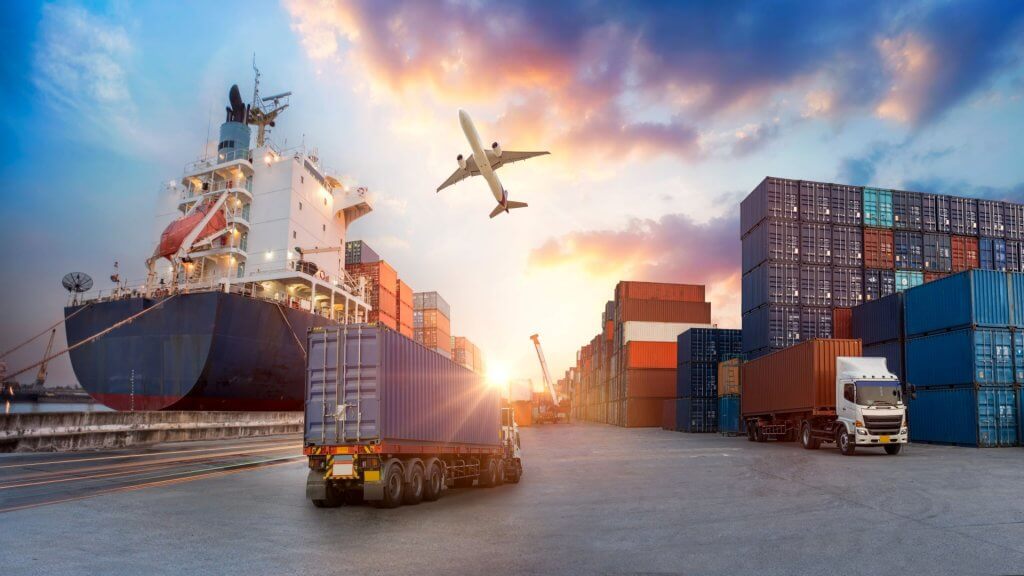Dropshipping is growing in popularity. You don’t need to keep stock or manage a warehouse. This makes it an attractive option for aspiring entrepreneurs. You set up an online store, connect with suppliers, and sell products without physically handling them. Once a customer places an order, the supplier ships the product directly to them.
It sounds like a smart and simple business model. However, this way of selling raises concerns, especially about sustainability. Packages travel long distances and often come with excessive packaging. There is also little control over the production chain. This can lead to a higher environmental impact. But how significant is this impact? That depends on several factors.
How does dropshipping work and why is it popular?
Dropshipping differs from traditional retail. Normally, a business owner buys products in advance and stores them in a warehouse. When a customer orders, the retailer ships the package directly. Dropshipping works differently. The seller acts as an intermediary. The supplier handles everything, from packaging to shipping.
This saves costs. There is no need to invest in large stock or storage space. The financial risk is also lower. You only purchase a product after a customer has placed an order. This makes dropshipping accessible to many people. Starting an online store is relatively simple and requires little initial capital. However, there are downsides. Long shipping times and packaging waste contribute to environmental concerns. That makes sustainability an important issue.
The environmental impact of dropshipping
Dropshipping may seem efficient, but its environmental impact is significant. Orders often come from different countries. This means long transportation distances and higher CO₂ emissions. Each package is shipped separately, increasing energy consumption.
Packaging waste is another major issue. Suppliers often use extra protective packaging to prevent damage. This leads to excessive plastic and cardboard waste. Many materials are discarded immediately after delivery. Recycling is not always possible due to mixed plastics.
There is also little transparency in sustainable production. Dropshippers rely on third-party suppliers, making it difficult to control the production chain. Some factories use polluting manufacturing processes. Without certifications or strict guidelines, reducing environmental damage remains a challenge.
Dropshipping versus traditional retail
Physical stores and traditional e-commerce businesses manage inventory. Products are shipped in bulk, making transportation more efficient. This reduces fuel consumption and packaging waste.
However, dropshipping has its advantages. It prevents overproduction. Retailers with stock risk unsold products. Dropshipping ensures that only necessary items are produced, reducing waste.
Which method is more sustainable depends on the situation. An online store that partners with local suppliers and uses eco-friendly packaging can be more sustainable than a physical store with high inventory levels and frequent returns.
Can dropshipping become more sustainable?
Sustainability starts with conscious decisions. Choosing suppliers that use efficient shipping methods can lower the impact. Combining shipments and using biodegradable packaging are examples of improvements.
Not every dropshipper has control over the supply chain. However, a mindful approach can make a difference. Small adjustments in business operations show that sustainable thinking leads to sustainable actions.
The role of consumers and entrepreneurs
Consumers increasingly expect sustainable products. Businesses that adapt to this trend build trust and stay relevant. Transparency about production and shipping methods helps people make informed choices.
Entrepreneurs can select more sustainable suppliers and educate customers on eco-friendly options. Fast delivery is not always the best solution. Sometimes, a longer shipping time is better for the environment.
Packaging materials also play a key role. Reducing plastic use and choosing recycled cardboard make a noticeable difference. By optimizing shipping and sourcing, businesses can reduce dropshipping’s environmental impact.
A new perspective on dropshipping
Dropshipping has advantages, but it is not always sustainable. Transportation, packaging waste, and supply chains determine its impact. However, there are ways to make it more eco-friendly.
By selecting efficient shipping methods and sustainable materials, dropshipping can improve. Consumers also play a role by making conscious choices. Sustainability in e-commerce remains a challenge, but small steps lead to meaningful change.





















